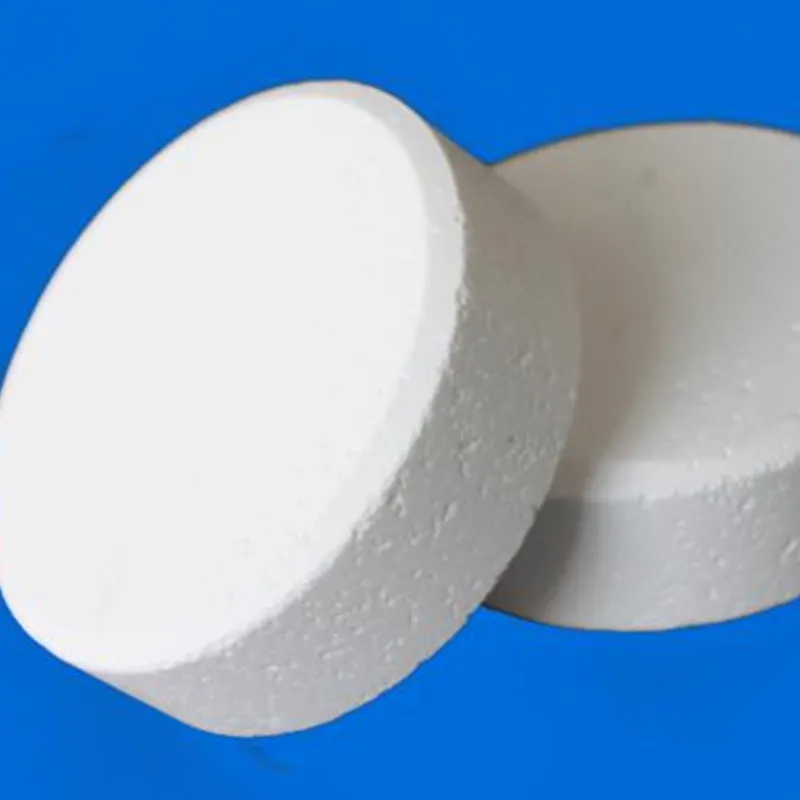
Understanding E500 Food Additive and Its Impacts on Health and Nutrition
Understanding E500 A Common Food Additive
Food additives play a vital role in modern food production, serving various functions such as enhancing flavor, improving texture, and extending shelf life. Among these additives, E500, also known as sodium carbonates, is widely used across the food industry. This article delves into the characteristics, uses, and safety of E500, shedding light on why it is a prevalent choice among food manufacturers.
What is E500?
E500 refers to a group of sodium carbonate compounds used primarily as anti-caking agents, acidity regulators, and stabilizers in various food products. It comprises two main forms sodium carbonate (soda ash) and sodium bicarbonate (baking soda). Both forms alter the physical and chemical properties of food, which can enhance the overall quality of the product.
Sodium carbonate is an alkaline compound that serves to control the acidity of food items. Sodium bicarbonate, on the other hand, is often used as a leavening agent in baked goods, helping cakes and breads rise by releasing carbon dioxide when combined with an acid. This makes E500 an essential ingredient in many pantry staples, from pastries to instant noodles.
Uses of E500 in Food Products
E500 is versatile and finds applications in a myriad of food products. One of its most notable uses is in baked goods, where it acts as a leavening agent. When mixed with acidic components such as yogurt or vinegar, sodium bicarbonate releases carbon dioxide, causing dough to expand and rise. This process is crucial for achieving the desired texture in cakes, muffins, and bread.
e 500 food additive

In addition to its leavening capabilities, E500 is commonly used as an anti-caking agent in powdered foods like instant soups, sauces, and salt. It prevents clumping during storage, ensuring that products remain free-flowing and easy to use. This property is particularly beneficial in the food industry, where consistent quality and performance are paramount.
Furthermore, E500 can serve as a pH regulator, helping to maintain the desired acidity level in various food items. This application is vital in products like cheeses and sauces, where stability and flavor are closely tied to pH.
Safety and Regulations
The use of E500 is regulated by food safety authorities around the world, including the European Food Safety Authority (EFSA) and the U.S. Food and Drug Administration (FDA). Both agencies have classified sodium carbonates as safe for human consumption when used in accordance with good manufacturing practices. This means that, in typical amounts found in food products, E500 does not pose any health risks to consumers.
However, like any food additive, excessive consumption can lead to potential health issues, notably gastrointestinal discomfort. Therefore, it is essential for manufacturers to adhere to recommended usage levels to ensure the safety and quality of their products.
Conclusion
E500, or sodium carbonates, is an integral food additive that enhances the quality and safety of a vast range of food products. Its roles as a leavening agent, anti-caking agent, and acidity regulator make it indispensable in the food industry. Given its safety profile and regulatory approval, consumers can enjoy a variety of foods containing E500 without concern. Understanding food additives like E500 is crucial for making informed dietary choices, fostering a greater awareness of what we consume everyday. As the food industry continues to evolve, E500 will likely remain a mainstay in ensuring that our favorite foods maintain their taste, texture, and safety.
-
Understanding Synthetic Rubber OptionsNewsApr.27,2025
-
Trichloroisocyanuric Acid: Essential for Clean and Safe WaterNewsApr.27,2025
-
Sodium Dichloroisocyanurate: Key to Safe Water TreatmentNewsApr.27,2025
-
Sodium Acid Pyrophosphate: Essential in Modern Food ProcessingNewsApr.27,2025
-
Essential Water Treatment ChemicalsNewsApr.27,2025
-
Denatured Alcohol and Its Industrial UsesNewsApr.27,2025
-
The Versatile Uses of Sodium BicarbonateNewsApr.24,2025
Hebei Tenger Chemical Technology Co., Ltd. focuses on the chemical industry and is committed to the export service of chemical raw materials.
-

view more DiethanolisopropanolamineIn the ever-growing field of chemical solutions, diethanolisopropanolamine (DEIPA) stands out as a versatile and important compound. Due to its unique chemical structure and properties, DEIPA is of interest to various industries including construction, personal care, and agriculture. -

view more TriisopropanolamineTriisopropanolamine (TIPA) alkanol amine substance, is a kind of alcohol amine compound with amino and alcohol hydroxyl, and because of its molecules contains both amino and hydroxyl. -

view more Tetramethyl Thiuram DisulfideTetramethyl thiuram disulfide, also known as TMTD, is a white to light-yellow powder with a distinct sulfur-like odor. It is soluble in organic solvents such as benzene, acetone, and ethyl acetate, making it highly versatile for use in different formulations. TMTD is known for its excellent vulcanization acceleration properties, which makes it a key ingredient in the production of rubber products. Additionally, it acts as an effective fungicide and bactericide, making it valuable in agricultural applications. Its high purity and stability ensure consistent performance, making it a preferred choice for manufacturers across various industries.











